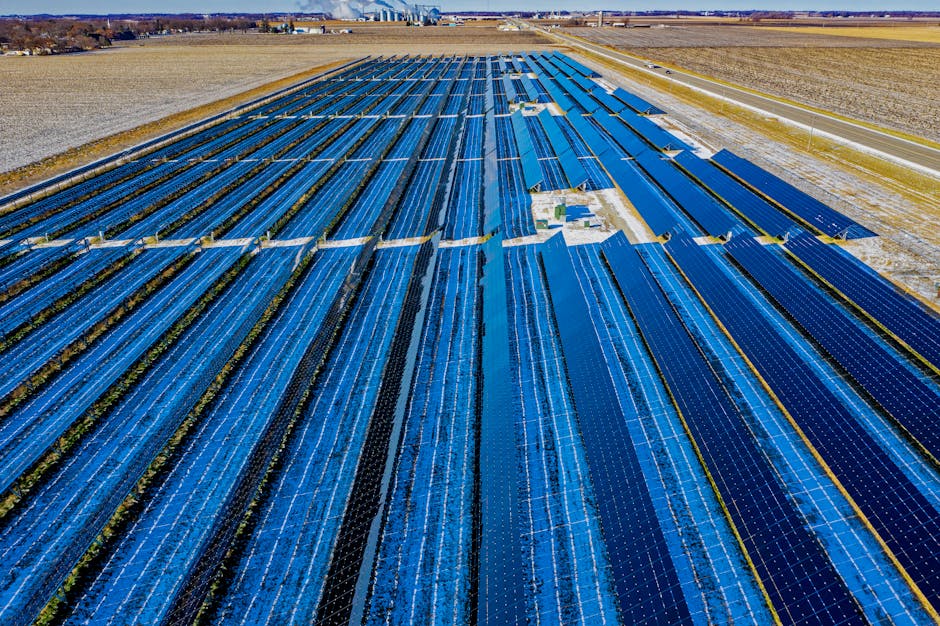
The Mindful Drive: How EVs Enhance Mental Wellness and Calm Road Rage
In today's fast-paced world, where stress levels can skyrocket behind the wheel, the rise of electric vehicles (EVs) is not just a triumph for the environment but also a breakthrough for mental wellness. Imagine gliding down a quiet street in your EV, enveloped in a serene atmosphere created by noise-dampening technology, soft ambient lighting, and features designed to ease anxiety. This article explores the relationship between electric vehicles and mental health, showcasing how innovative designs aim to create a calming environment that enhances driving experiences and fosters well-being.
In This Article
- The Intersection of Electric Vehicles and Mental Health
- The Power of Quiet Cabins and Stress Reduction
- Innovative Technologies for Enhanced Wellbeing
- Insights from Mental Health Experts and EV Designers
- The Future Interior Design of EVs: Towards Mindfulness
- Changing the Culture of Driving
- Community Perspectives: Users Share Their Experiences
- Next Steps: Embracing the Calm
- Final Thoughts
The Intersection of Electric Vehicles and Mental Health

As the transition to electric vehicles continues to reshape our roads, research suggests that these vehicles may play a larger role in promoting mental wellness than previously thought. The profound silence of EVs reduces noise pollution, a significant stressor in urban areas. Studies have shown that excessive noise—especially that of traditional combustion engines—can lead to increased anxiety levels and irritability. By investing in quiet cabins that eliminate engine noise, EVs offer a haven of tranquility, giving drivers a more peaceful commuting experience.
The Power of Quiet Cabins and Stress Reduction

Consider the calming effects of sound as you travel—an EV’s design encourages mindfulness, which has gained attention in recent years as key to improving mental health. According to a report by the World Health Organization, noise pollution is linked to increased levels of stress, and EVs provide a solution. When traveling in an electric vehicle, it’s possible to embrace the quiet and enjoy a soothing soundscape. This, in turn, translates to a more mindful driving experience.
Modern automakers are aware of these benefits and are equipping their vehicles with acoustic engineering technologies designed to enhance auditory environments. A recent study published in the Journal of Environmental Psychology reveals that drivers exposed to quieter environments tend to experience lower heart rates and reduced levels of stress. As we adopt a culture of mindfulness, these features will likely become essential for future designs.
Innovative Technologies for Enhanced Wellbeing

Another exciting facet of electric vehicles is their integration of innovative technology aimed specifically at enhancing user experience. Ambient lighting within the cabin can transform a driver’s mood and emotional state. Studies have shown that certain colors can promote feelings of calmness, particularly shades of blue and green.
Automakers are harnessing these insights by introducing customizable cabin lighting systems that allow users to create their own soothing environment based on preferences and needs. This personalization can be crucial in reducing tension and enhancing the sense of control—a key factor in mental wellness. For example, imagine commuting after a long day, and being able to set your EV’s interior lighting to a calming blue hue while listening to your favorite playlist or podcast.
Incorporating technologies inspired by sound therapy into the design of electric vehicles also plays a vital role in promoting mental wellness. For instance, features that create soothing soundscapes—like gentle nature sounds or white noise—can help drivers decompress during commutes and establish a relaxing ambiance. Research shows that such environments can foster focus, enhancing not only the driving experience but the overall mental state of the user.
Insights from Mental Health Experts and EV Designers

To delve deeper into this emerging intersection between EVs and mental wellness, we had the opportunity to speak with mental health professionals and EV designers. Dr. Emily Harper, a psychologist specializing in environmental stressors, shared, “The impact of our environments on mental health cannot be underestimated. The design of electric vehicles is increasingly focusing on creating calming environments that can help alleviate the stressors common in urban driving.”
On the design side, Alex Casey, an automotive designer known for his work on sustainable vehicles, noted that, “We’re being challenged to rethink the driving experience. Integrating features intended to calm and comfort drivers is becoming a priority in our designs. The potential benefits for mental health are too significant to ignore.”
The Future Interior Design of EVs: Towards Mindfulness

As consumer demand for well-designed interiors increases, automakers must consider how interiors can be optimized for well-being. This may include using biophilic design principles, which focus on incorporating natural elements into architectural and product design. The idea is that natural materials and views can reduce stress and enhance emotional responses.
Imagine an EV created with a light, airy interior that mimics the outdoors through sustainable materials and strategically placed windows. Such a cabin environment could foster an emotional connection between the driver, the vehicle, and the surrounding ecosystem, enhancing overall well-being—a theme we explore further in our article on revamping EV interiors.
Changing the Culture of Driving

The benefits of electric vehicles extend beyond individual experiences; they can influence broader societal attitudes towards driving. By prioritizing wellness-focused designs, the auto industry can contribute to changing cultural perceptions about what it means to drive. The tranquil atmosphere within EVs has the potential to reduce road rage incidents and encourage more patient and mindful driving practices.
Research has suggested that focused attention on mental health can have cascading effects on community well-being. As vehicle owners choose calmer driving experiences, they inadvertently promote a more pleasant atmosphere for other road users. This collective shift toward mindfulness can foster a positive feedback loop that enhances overall urban life.
Community Perspectives: Users Share Their Experiences

To bring this topic full circle, we gathered insights from users who now drive electric vehicles. One user, Jennifer Tran, shared, “Switching to an EV has transformed my daily commute. I used to feel constantly stressed and irritated by traffic. Now, I can actually enjoy the drive, and I find that I’m more relaxed by the time I reach my destination.”
Another driver, Mark Reynolds, added, “I love the ambient lighting feature that lets me set my mood. It turns what was once a frustrating experience into something peaceful, and I even look forward to my drives now.” The testimonials highlight the life-changing impact of adopting electric vehicles.
Next Steps: Embracing the Calm

As we continue to explore the many benefits of electric vehicles, there’s a clear connection emerging between mental health and user experience. From quiet cabins to ambient lighting, it's evident that the innovations in EV design are not solely about sustainability—they're about enhancing the human experience as well.
Moving forward, it’s essential for both consumers and automotive manufacturers to consider how these intersections can be embraced fully. As more individuals choose electric over traditional vehicles, the potential for transformations in mental wellness and community well-being can expand exponentially.
To learn more about how innovative technology is shaping the future of EVs, you can check out our posts such as Harnessing AI for Personalized EV Driving Experiences.
Final Thoughts

Electric vehicles represent a new frontier not just in transportation, but in how we approach our mental health. With their calming features and commitment to sustainability, EVs have the potential to revolutionize not just the automotive industry but also the way we experience driving. By fostering an environment rooted in mindfulness and well-being, we can collectively drive towards a more peaceful future, one electric vehicle at a time.



